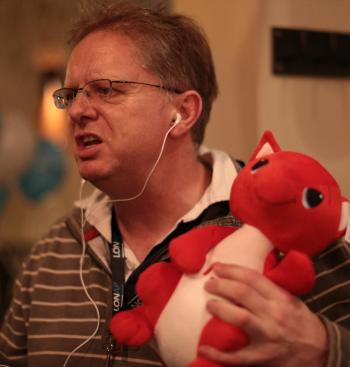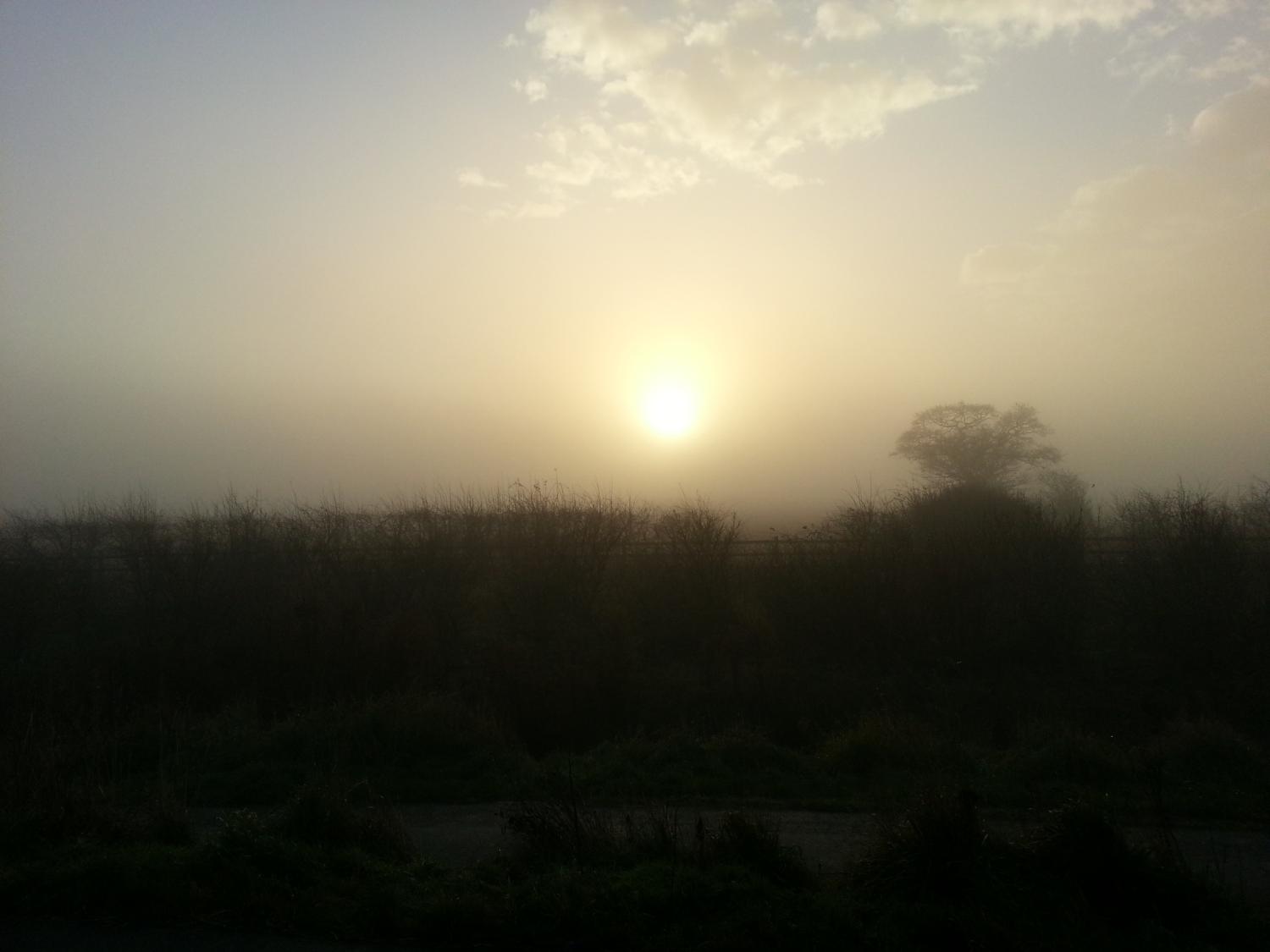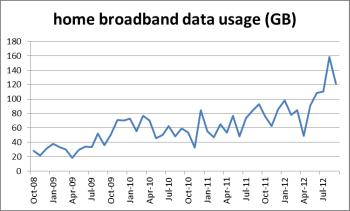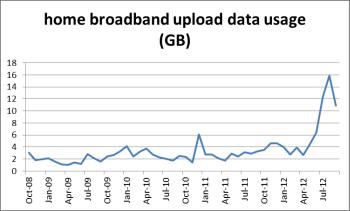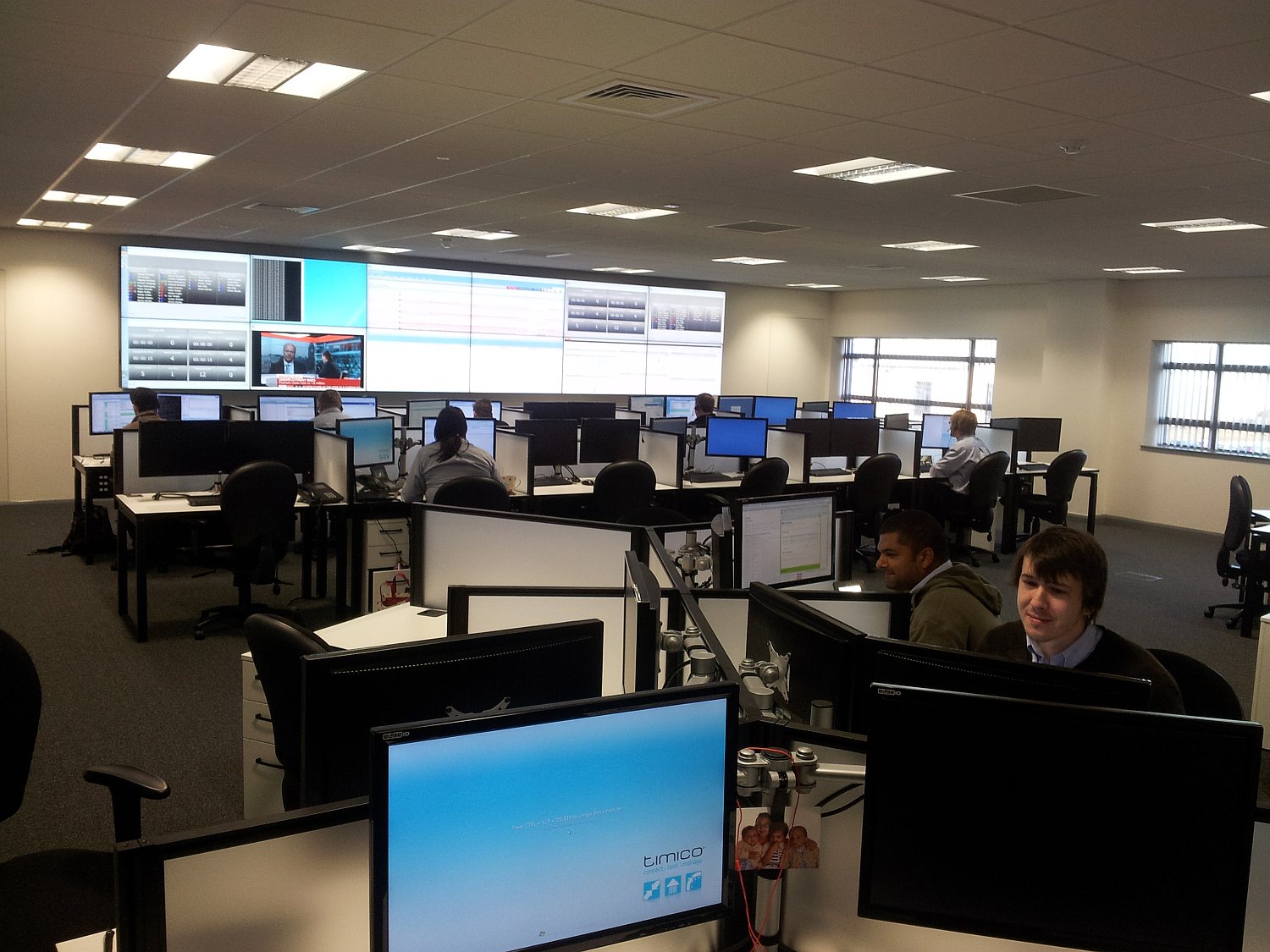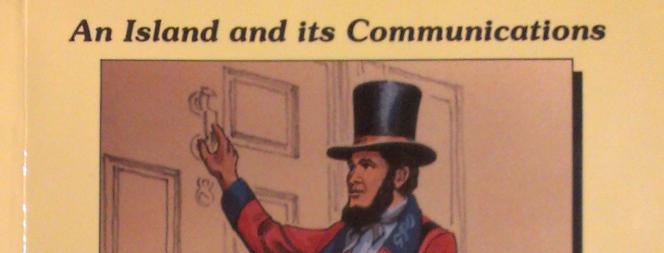 Last year I dreamt of holding a tweetup over a weekend in a field. I booked a large scout camp but the project didn’t get anywhere because it needed connectivity to make it a success and I couldn’t for one reason and another make it happen.
Last year I dreamt of holding a tweetup over a weekend in a field. I booked a large scout camp but the project didn’t get anywhere because it needed connectivity to make it a success and I couldn’t for one reason and another make it happen.
A couple of weeks ago you may have noticed something called EMF Camp appearing in your Twitter stream. People I knew were going and blow me down if it doesn’t turn out to be the type of event I had been thinking of. I couldn’t go myself but Nat Morris, who ran the networking for the event, has sent me some notes of the tech setup.
Nat’s notes are a great read and I have left them by and large unadulterated. I have to thank him for sending me a wonderful cornucopia of facts and links – every link is worth clicking on. You especially need to make sure you read the camp_network pdf – it has drawing in it showing how they planned the network even down to the distances between portaloos for the Ethernet cable runs. Some knowledge of data networking would help you understand some of the technical terms here but the first link to Zoe Kleinman’s BBC report gives a great overview.
Nat writes:
Here are some details about the internet setup for EMFCamp which took place last weekend at Pineham Park in Milton Keynes. The BBC turned up on Saturday afternoon and recorded a nice piece about the event, you can see my stomach about halfway through when they film in the NOC tent…
http://www.bbc.co.uk/news/technology-19441861
Some slides from Will and my presentation at the end of the event about the power and internet are here…. (50MB warning)… www.natmorris.co.uk/camp_network.pdf
We were lucky that the site is only 2.8 miles away from the Pulsant DataCentre in Milton Keynes – what was formerly BlueSquare MK. Brian Ross and Nick Ryce got the wheels in motion inside Pulsant and arranged with Matt Lovell the CTO for them to sponsor us. I cheekily asked for a couple of U of rackspace in MK and some in their Telehouse East rack plus a 1Gb/s layer 2 circuit between the two, I was expecting them to say no, but they were fine with the idea!
So back in June we started our network building placing a Cisco 7200 with NPE G2 in Telehouse and another in MK, we borrowed a /19 of v4 + /48 of v6 and AS number from Chaos Computer Club in Germany, meaning we didn’t have to NAT any campers.
We had a BGP transit feed from Pulsant in MK, plus Goscomb in Telehouse, along with a temporary connection to the LONAP peering network for v4+v6 plus multicast. http://stats.emfcamp.org
The costs for providing internet access to campers came in at around 5.8k, apart from 10 boxes of cat5 all of this was for the last mile between the MK DC and the campsite, everything was provided free or in kind from sponsors. RapidWireless from Liverpool (Richard Porter) loaned us a pair of DragonWave Horizon Compact units – we got a temporary OFCOM license for the 18ghz link which ran at 385mbit/s full duplex. As a backup we bought a pair of Ubiquiti Nanobridge M5’s, these were installed but we never pushed any traffic over them, they were just there in case something happened to the primary link.
Onsite we borrow a tent / marquee from scout group, the tent was made in 1953, made a 25quid to borrow it! Some pics…
http://www.flickr.com/photos/nottinghack/7929611918/
Our onsite rack / data centre, housing dual core routers, wireless controllers, along with various servers:
http://www.flickr.com/photos/nottinghack/7929611592/
http://www.flickr.com/photos/andy_d/7902260210/
Around the site we deployed a resilient OSPF ring, switches were stored in portaloos, along with power distro units – we used the German term Datenklo for these, meaning ‘data toilet’:
http://www.flickr.com/photos/ne0hack3r/7924490940/
http://www.flickr.com/photos/je4d/7924689482/
http://www.flickr.com/photos/andy_d/7902347402/
Someone even colocated a Raspberry Pi along with a 3tb USB hard disc in one! http://www.flickr.com/photos/andy_d/7902345240/
Campers left their cables outside and then either tweeted or text us and a NOC monkey would come out and connect them up. Wifi AP’s were deployed all over the site http://t.co/rBsQUAn9
We limited tent connections to 100Mbit, so a single user couldn’t saturate our upstream.
http://www.flickr.com/photos/b3cft/7909251802/
http://www.flickr.com/photos/loggedhours/7925212568/
http://www.flickr.com/photos/russss/7909193016/
http://www.flickr.com/photos/nottinghack/7929909834/
Had some nice feedback!
https://twitter.com/Ash_Force/status/242067006537474048
https://twitter.com/markphelan/status/241896897290309633
https://twitter.com/je4d/status/242386884276396032
https://twitter.com/markphelan/status/242133609908142080
Our infra team twitter account is @emfnoc, the general camp one is @emfcamp
End of Nat’s stuff
A huge thanks to Nat for sharing this with me. The whole event was clearly a massive joint effot by lots of people and looks to have been a great success I look forward to attending the next one in person.
 It’s a day for writing posts about being excited. This time I’m excited to tell you that next Thursday Timico is playing host to UKNOF24. Many of you will know what I’m taking about but more will not.
It’s a day for writing posts about being excited. This time I’m excited to tell you that next Thursday Timico is playing host to UKNOF24. Many of you will know what I’m taking about but more will not.